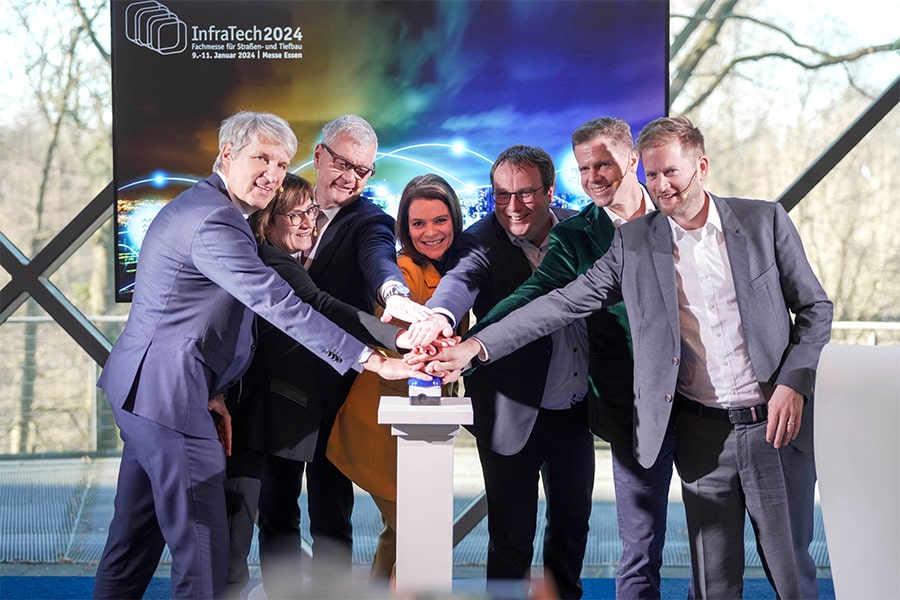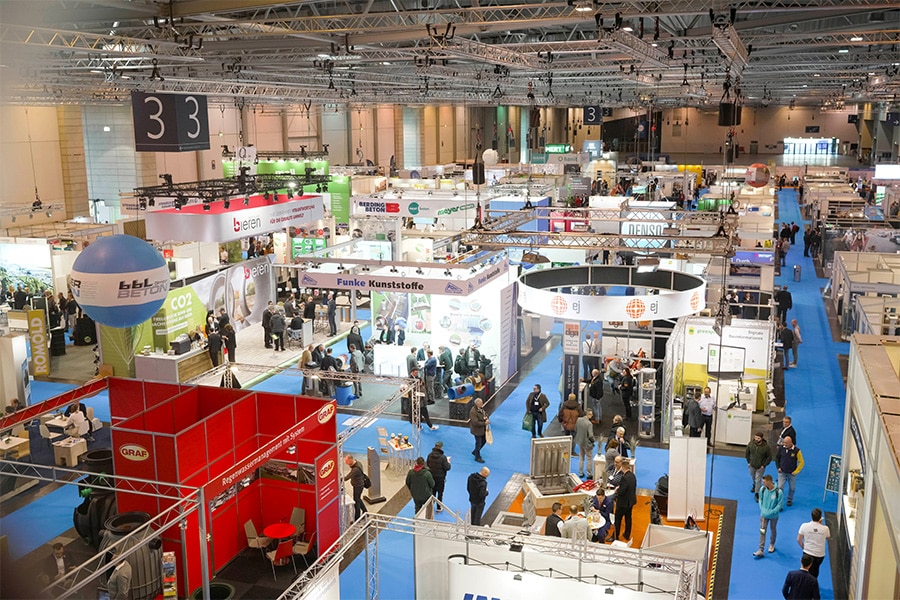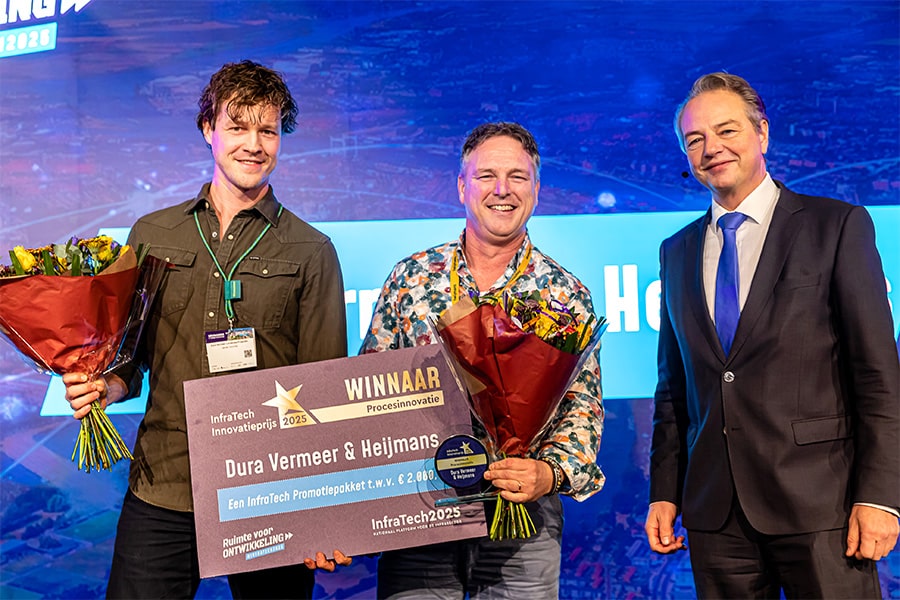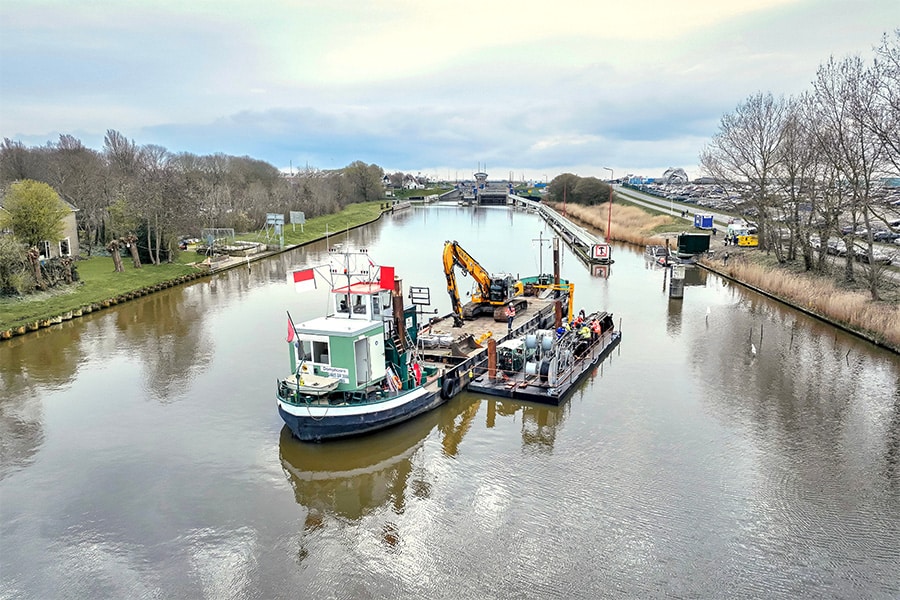
Countering 'plastic soup' with bubbles
Fighting together against river pollution
The problem in oceans and seas is well known, but rivers also have their "plastic soup. The Dutch company The Great Bubble Barrier has the solution: an innovative pipe system with a bubble screen. For the implementation it is cooperating with family business Van den Herik from Sliedrecht.
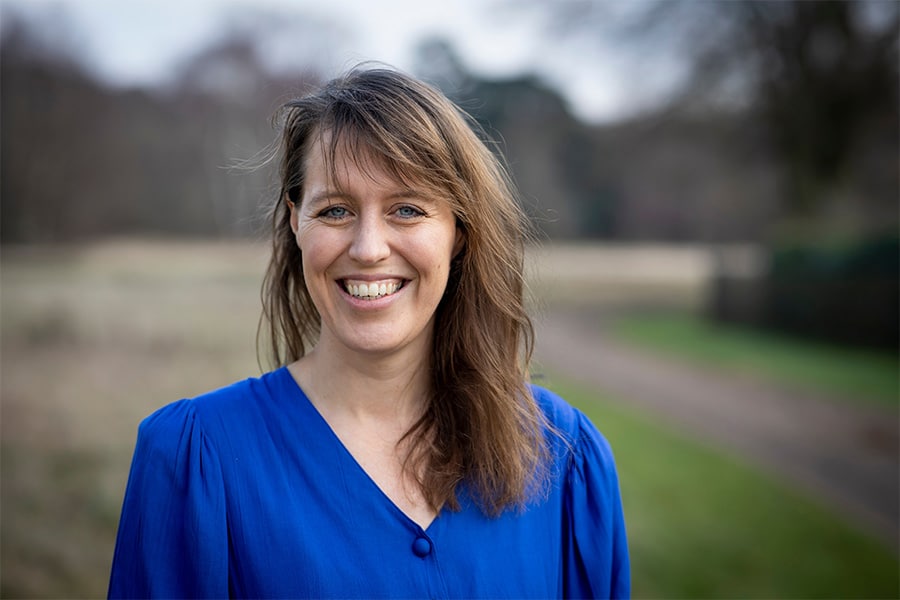
Francis Zoet is one of the founders of The Great Bubble Barrier. The initiative was born when she and her co-founders, while sailing, saw the mountain of plastic waste floating in the sea. What if you could stop all that plastic in the river already so it didn't end up in the sea? With the idea for the Bubble Barrier, they won a competition launched by the Department of Public Works in 2016. At a pilot location in the river IJssel they were allowed to further develop the Bubble Barrier and test it in practice. In the 'learning team' they were assisted by Van den Herik, specialist in hydraulic engineering and maintenance, Rijkswaterstaat and knowledge institute Deltares.
Simple principle, maximum effect
The principle of the Bubble Barrier is clear as water. To bring plastic in rivers floating toward the sea to the water's edge even before the sea, so that it can be collected and processed there for circular reuse. How? By laying a system of contiguous perforated tubes on the river bottom. By applying pressure to these, bubbles escape from the tubes forming a screen. The plastic surfaces, the current in the river causes it to float to a certain point on the waterfront where the Bubble Barrier's collection system is located.
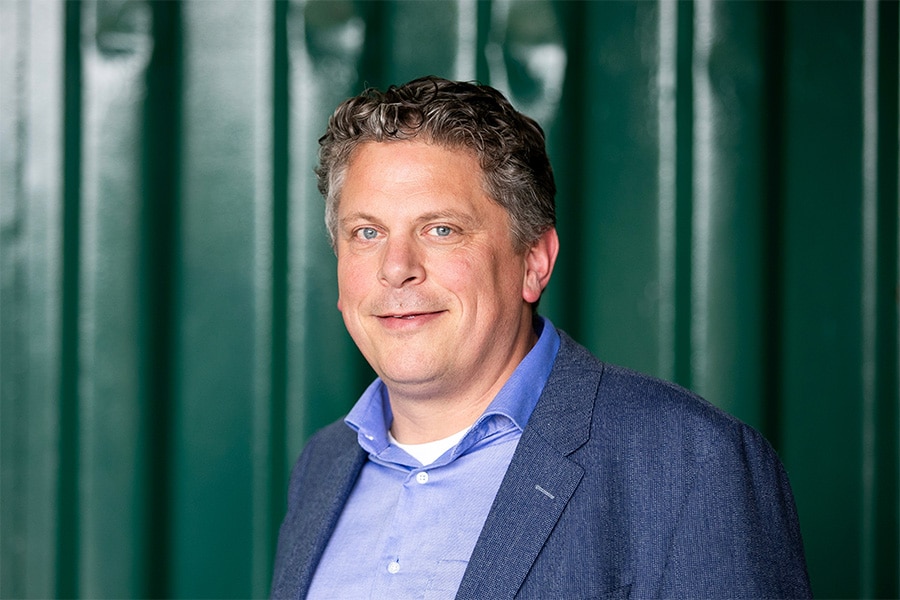
Smart interpretation
For elaboration and execution, The Great Bubble Barrier is working closely with Van den Herik. This family business, founded in 1946, has extensive expertise in building constructions in, on and around waterways and in maintaining waterways. Jeroen Vermeer, regional manager at Van den Herik: "A continuous question that we are looking into with our partners is: how can you make the maintenance of waterways as smart as possible? The idea of The Great Bubble Barrier is innovative and fits in very well with that. We know the problem from our daily practice. During maintenance on our waterways, we dredge up not only dredge, but also a lot of dirt such as plastic."
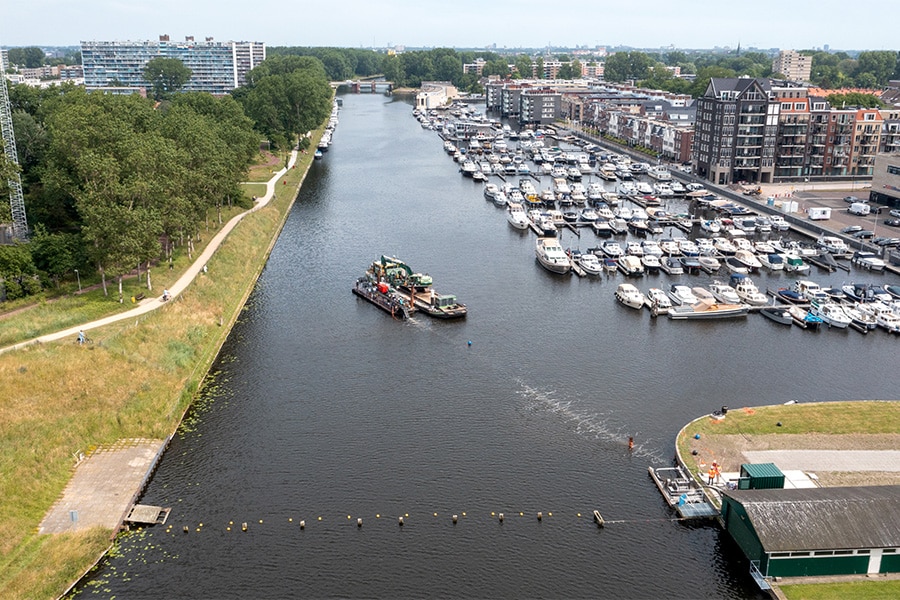
15,000 pieces of plastic in a month
By now there is already a Bubble Barrier in several locations. Three in the Netherlands and one in Portugal where The Great Bubble Barrier participates in a European research project on pollution. The first Bubble Barrier has been in a canal in Amsterdam, the Westerdok, since 2019. The numbers that the bubble barrier fishes up there are worth it, according to Francis: "Every month 80 kilos of dry plastic, or more than 15,000 pieces. Of course, the results depend on the degree of pollution and size. A river 250 meters wide - our current maximum - will show more yield than a small canal." A Bubble Barrier has been in place in Harlingen since 2024 to prevent pollution of the protected Wadden Sea, Katwijk has been running since 2022.
Precision on the water bottom
In cooperation with The Great Bubble Barrier, Van den Herik developed an ingenious system to place the 'tubes' (tubes) on the water bottom. Jeroen: "We know bubble barriers are used in dredging activities to prevent turbidity in the environment. Where you place them doesn't have to be very precise. This is different with the Bubble Barrier. That's why Van den Herik has developed an application system where a much greater accuracy can be achieved for each location. You have to take into account currents, tides and the environment, among other things."
In the workshop, the pipe system is custom assembled and rolled onto reels. "We have developed a special pontoon that can be transported by both water and land. On the pontoon is an assembly table on which the anchoring plates are attached to the pipe system. The anchoring plates are made of concrete or steel, depending on the location. On site, the pipes are accurately positioned on the water bottom using GPS and a chute. Once the pressing pressure is on, the Bubble Barrier can start doing its job."

Fish Friendly
About the choice of compressed air, Francis says, "Several options came up, but compressed air proved to be the best choice when placing a screen across the entire width of a river or canal. The dredging and oil industry also works with it. And if it can hold back oil and sediment, plastic should do as well. What was also important is that shipping and fish should not be affected. That has proven to be the case. In Harlingen a major study has just been conducted into the effects on the glass eel, a very fragile fish. Which, it turns out, is absolutely not affected."
Ambitious
In the future, The Great Bubble Barrier plans to install 25 bubble screens annually. Francis: "Amsterdam will probably get a second one soon, we are in talks with other Dutch cities and several feasibility studies are underway. There is also a lot of interest from abroad. Together with Van den Herik and other partners, we keep thinking about how we can facilitate the implementation and keep fine-tuning the system itself. The results show how important our efforts are." To further deepen and leverage the cooperation, we will be together at Infratech in January at booth 2.308. With this joint effort we are going for maximum reach among potential new customers.
